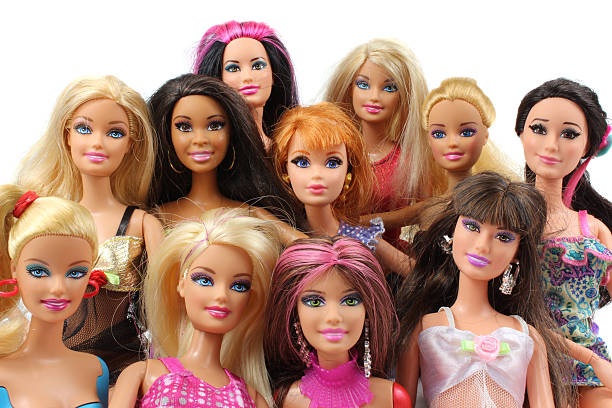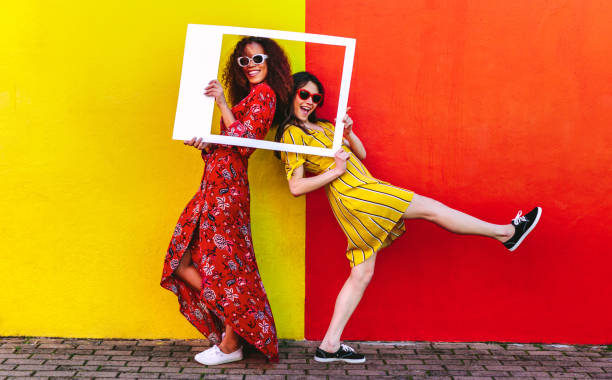Opium fashion, a term resonant with mystery and allurement, has twisted together its way through the fabric of fashion history, leaving an inerasable mark on the world of style. In this article, we’ll delve into the captivating journey of opium fashion, exploring its origins, trends, controversies, and cultural significance.
Introduction to Opium Fashion
Opium fashion wall in a style made distinctive by costliness, decadence, and a touch of exoticness. Drawing inspiration from the opium dens of the past, this fashion trend infuses luxury with a hint of the not acceptable, enthralling the imagination of designers and fashion one of the cognoscenti alike.
Historical Background
Rooted in the opium trade of the 19th century, opium fashion became visible as a reflection of society’s captivation with Eastern culture and luxury goods. The opulence associated with opium dens, combined with the allurement of foreign fabrics and motifs, sparked a wave of artistic survey in the world of fashion.
The use of opium dates back to ancient human development such as Mesopotamia and Ancient Egypt, where it held significant cultural and medicinal value. Opium’s association with luxury and prestigiousness began to intertwine with fashion, influencing early textile designs and decorative arts.
Opium Fashion Trends Through the Years
1.Opium Fashion in the 20th Century : During the early 20th century, opium fashion experienced a reinvigoration, with designers such as Paul Poiret and Coco Chanel swallowing up oriental influences into their collections. Flowing contour, rich fabrics, and intricate embroidery became hallmarks of this era’s opulent style.
1.Opium Fashion in the 21st Century : In recent years, opium fashion has engaged in a revival, with modern designers revising traditional motifs in innovative ways. From opulent evening gowns to streetwear inspired by Asian aesthetics, opium fashion continues to captivate audiences with its fusion of luxury and inquietude.
Opium Fashion and Cultural Influences
Opium fashion has played a significant role in shaping cultural perceptions of beauty, luxury, and exoticism. Its portrayal in media and popular culture has contributed to its inquietude, often idealizing the opulent lifestyle associated with it.
Societal Impact and Controversies
While opium fashion has garnered admiration for its aesthetic appeal, it has also sparked controversy due to its association with drug culture and colonial exploitation. Critics argue that glamorizing addiction and causing harmful standards can have detrimental effects on society.
Sustainability Concerns
In an era of increasing eco-friendly awareness, sustainability has become a pressing issue in the fashion industry, including opium fashion. Questions arise about the ethical sourcing of materials and the eco-friendly impact of production processes, prompting discussions about the need for greater transparency and responsibility.
Opium Fashion Brands and Designers
From accepted luxury houses to emerging designers, opium fashion has inspired a diverse range of creatives to explore its aesthetic possibilities. Iconic collections and avant-garde runway shows have shown the transformative power of opium fashion, pushing the boundaries of creativity and skillfully.
Opium Fashion in High-End vs. Streetwear
Opium fashion transcends traditional differences between high-end and streetwear, attractive to a diverse range of tastes and preferences. Whether shown on the runway or embraced by street style influencers, its fusion of luxury and urban culture reflects the energy of contemporary fashion.
Accessories and Beauty Trends
Opium fashion accessories wall in a diverse range of items that draw inspiration from the opium trade and the cultures related to it. Similarly, opium beauty trends take cues from the rich symbolism and aesthetics of opium culture, caused by captivating makeup looks and hairstyles.
Ethical Considerations
Addressing ethical concerns in opium fashion production requires a concerted effort to promote transparency and responsible practices throughout the supply chain. By organizing fair labor practices and environmental management, brands can uphold ethical standards and foster trust with consumers.
Opium Fashion as Self-Expression
For many enthusiasts, opium fashion is more than just clothing—it’s a form of self-expression and mandate. Whether channeling vintage glamor or embracing avant-garde aesthetics, individuals use opium fashion as a means of asserting their identity and asserting their place in the world.
Future Outlook
As fashion continues to evolve, the future of opium fashion remains ripe with possibilities. Innovations in technology, sustainability, and cultural exchange promise to shape its trajectory, offering new avenues for creative expression and social impact.
Conclusion
Opium fashion stands as an exemplification to the enduring allure of luxury and exoticness in the world of style. From its historical roots to its modern interpretations, it continues to captivate audiences with its opulent aesthetic and rich cultural heritage. As we look to the future, let us embrace the diversity and creativity that define opium fashion, celebrating its transformative power in shaping the world of fashion.
FAQs (Frequently Asked Questions)
Is opium fashion associated with drug culture?
While opium fashion draws inspiration from the opulent aesthetic of opium dens, its association with drug culture is primarily denotative rather than close.
How can opium fashion brands address sustainability concerns?
Opium fashion brands can adopt sustainable practices by categorizing ethical sourcing of materials, minimizing waste in production processes, and ensuring fair labor practices.
Are there ethical alternatives to traditional opium fashion materials?
Yes, ethical alternatives such as vegan leather, organic cotton, and recycled fabrics offer sustainable options for opium fashion designers, promoting environmental management and responsible usage.
What role does opium fashion play in cultural exchange?
Opium fashion serves as a medium for cultural exchange, allowing designers to revise traditional motifs and aesthetics in contemporary contexts, promoting contrast and inclusivity in fashion.
How can individuals incorporate opium fashion into their personal style?
Individuals can incorporate elements of opium fashion into their personal style by experimenting with luxurious fabrics, intricate patterns, and bold accessories, expressing their unique identity and creativity through fashion choices.




